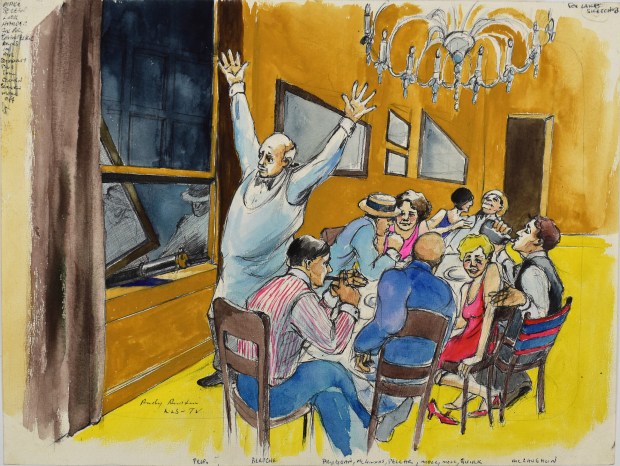It was 91 years ago Thursday that Prohibition was repealed, once again allowing the manufacture and sale of liquor. The 21st Amendment, ratified on Dec. 5, 1933, marked the end of an American era, one depicted in popular media as full of illicit booze, well-dressed criminals, late-night parties and deadly shootouts.
Lake County has its share of Prohibition history, according to Diana Dretske, curator with the Bess Bower Dunn Museum of Lake County.
By the 1920s, Lake County was well known for recreation, she said. Sitting between two major cities, it also became a prime spot for illegal activity during Prohibition, and the area gained a reputation for drinking and gambling.
There was the Mineola Hotel in Fox Lake, which was connected to Chicago Mobs and became known as, “the most vicious resort,” according to Chicago Tribune reports from the time.
And in 1924, a group of bandits pulled off the largest train robbery in history at Rondout, in Lake Bluff, stealing more than $2 million in goods from a mail car, according to the United States Postal Inspection Service.
To this day, Dretske said she gets contacted by curious treasure-hunters hoping to find the remaining lost loot of the Rondout Train Robbery, although if she has any real clues, she isn’t sharing.
“It could totally be buried somewhere around here,” she said, laughing.
Lake County’s reputation during Prohibition was somewhat ironic. Leading up to the 18th Amendment, there were strong anti-drinking sentiments throughout the county, going back many decades. Law and Order Leagues tried to shut down saloons, numerous religious and civic leaders railed against drinking, and women-led movements, a new concept in 1920s America, preached sobriety.
“There were a lot of efforts to stop people from drinking,” Dretske said. “Before Prohibition, a lot of the towns up here had already voted to go dry. When it hit, there wasn’t really much of a difference up here.”
But the criminal element that would define the era began to “spill over” from Chicago, Dretske said. Gang members openly drank and partied around the county, including the infamous Bugs Moran.

“He built a house,” Dretske said. “People knew he was here, and they didn’t make a fuss or try to stop them from coming up here. They were spending money, employing local people, so it was fine.”
For Lake County, the violence culminated in the early morning hours of June 1, 1930, when a group of Al Capone mobsters were gunned down at the Manning’s Hotel, with three killed. The night of violence became known as the Fox Lake Massacre.
“I want to emphasize how shocking that was for people, because this was at the tail end of Prohibition,” Dretske said. “There was a lot of activity with drinking and gambling in the area, but then to have that happen was really shocking.”
After nearly a century, the sordid history has largely faded into the past, along with Lake County’s past reputation. For any curious residents, history buffs, or even treasure hunters, Dretske encourages them to reach out to the museum to learn more.





